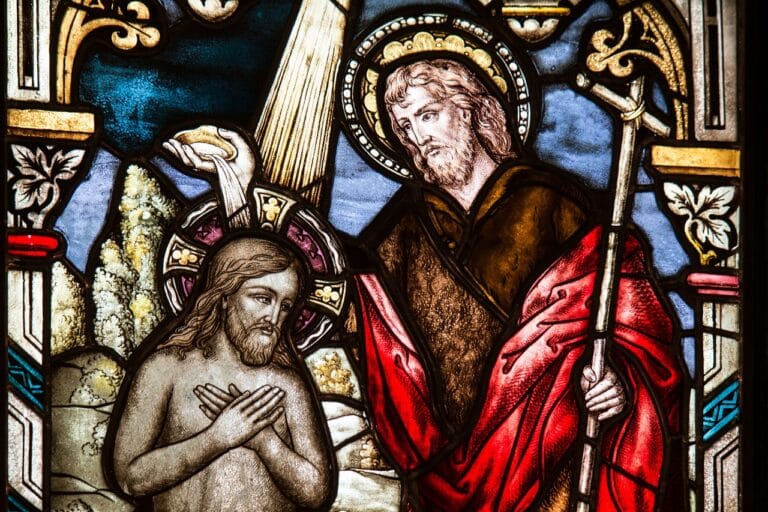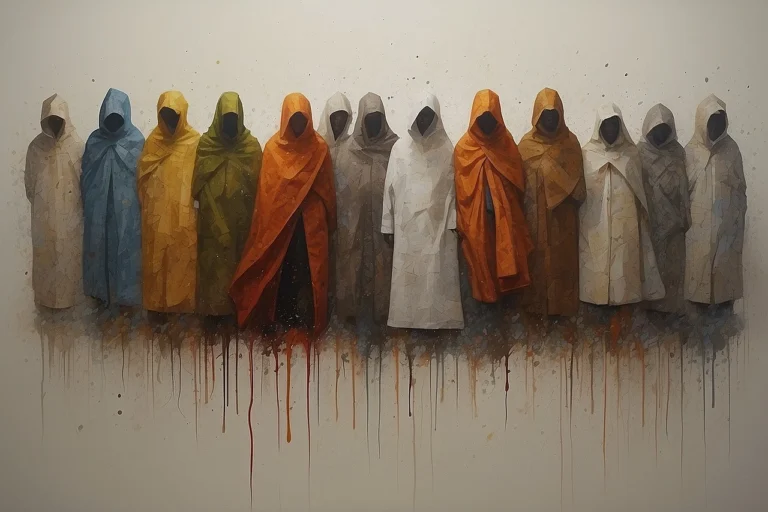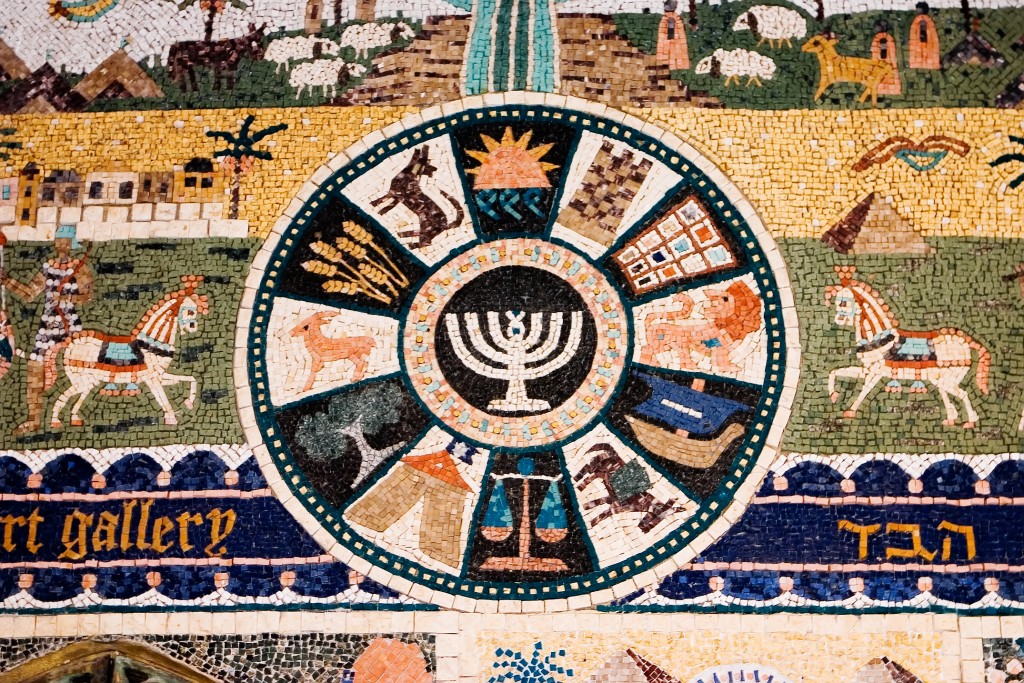
The banners of the 12 Tribes of Israel are rich in symbolism and history, each representing unique characteristics and attributes of the tribes. Understanding these banners gives insight into the identity, culture, and spiritual significance of the tribes in ancient Israelite society. This article delves into what each banner represents and its significance in the broader context of Israelite tradition.
Introduction to the 12 Tribes of Israel
In the Bible, the 12 Tribes of Israel are descended from the 12 sons of Jacob, also known as Israel. Each tribe has its own distinct identity and role within the larger Israelite community. The tribes were not only family groups but also formed the basis for Israel’s social, religious, and political life.
When the Israelites were journeying through the wilderness, they camped in a specific order, with each tribe assigned a banner or standard. These banners served multiple purposes: they provided a sense of identity, helped with organization, and acted as a rallying point during battles. Understanding what each banner represents can deepen our appreciation for the biblical narrative and the cultural heritage of the Israelites.
The Symbolism of Each Tribe’s Banner
The banners of the 12 Tribes of Israel are often associated with specific symbols or animals that reflect the characteristics of each tribe. These symbols have been interpreted in various ways throughout history, with some connections drawn from the blessings given by Jacob to his sons and later by Moses.
Reuben’s Banner
Reuben, the firstborn son of Jacob, had a banner that symbolized his leadership and strength. His flag often featured a mandrake plant, which was associated with fertility and vitality. The mandrakes were believed to have magical properties and were mentioned in the story of Leah and Rachel, who used them in their quest for children. Reuben’s banner represents the importance of family and the dynamics of sibling rivalry within the tribes.
Simeon’s Banner
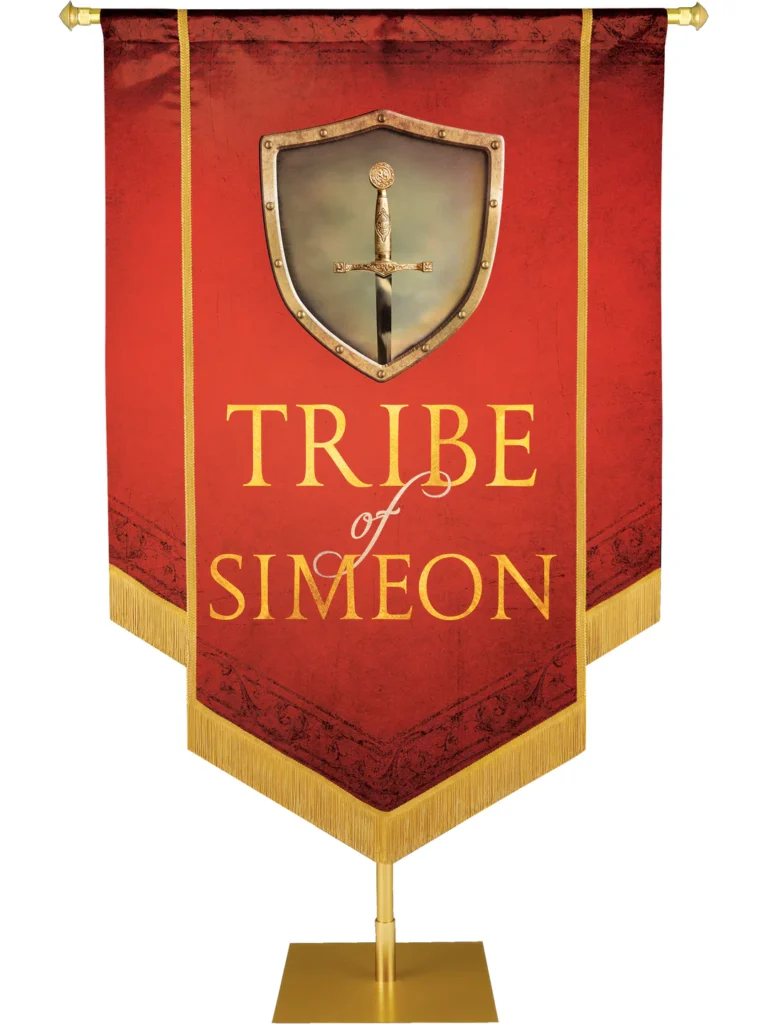
Simeon’s banner is often depicted with a sword, representing his fierce nature and warrior spirit. Simeon, along with his brother Levi, avenged the dishonor done to their sister Dinah, which showcased their readiness to defend their family’s honor. This banner embodies the themes of justice and vengeance, reflecting the tribe’s reputation for being fierce and unyielding.
Levi’s Banner
Levi’s tribe was set apart for priestly duties and had a unique role among the tribes. Their banner is associated with the image of the Urim and Thummim, the sacred lots used for divination and decision-making within the priestly context. This banner symbolizes holiness, service, and spiritual leadership, highlighting the tribe’s commitment to God and the religious practices of the Israelites.
Judah’s Banner
Judah’s banner is famously represented by a lion, symbolizing strength, courage, and royalty. Judah was the tribe from which King David and, according to Christian tradition, Jesus Christ descended. The lion signifies leadership and kingship, making Judah’s banner one of the most significant in terms of its implications for future generations and the lineage of rule in Israel.
Issachar’s Banner
Issachar is often represented by a strong donkey, symbolizing hard work and perseverance. This reflects the tribe’s reputation for being diligent farmers and scholars. The banner of Issachar signifies the importance of labor and knowledge, highlighting the value of education and the agrarian lifestyle that was central to the Israelite community.
Zebulun’s Banner
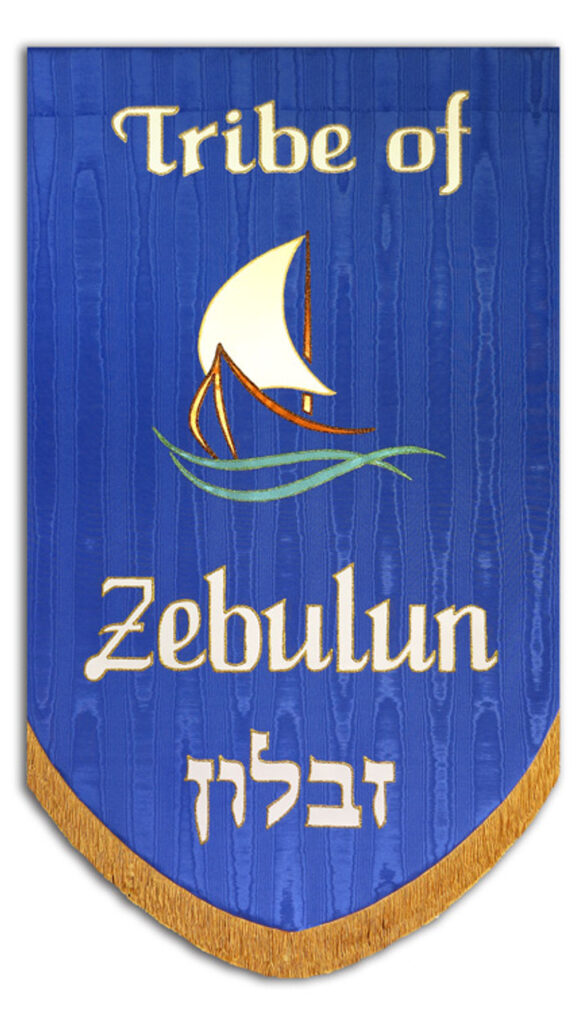
The banner of Zebulun is often depicted with a ship, symbolizing trade and maritime activities. Zebulun was known for its coastal territory and connection to commerce. This banner signifies the importance of trade and economic prosperity, reflecting how Zebulun’s role contributed to the overall wealth and stability of Israel.
Dan’s Banner
Dan’s banner is frequently associated with a serpent or a snake, representing cunning and strategy. This symbolism reflects Dan’s role as a judge among the tribes and his capability in navigating complex situations. The serpent symbolizes wisdom and the ability to overcome challenges, highlighting the tribe’s legal and judicial contributions.
Naphtali’s Banner
Naphtali’s banner is often depicted with a deer or a gazelle, symbolizing swiftness and agility. This reflects the tribe’s characteristics of being quick and responsive. The banner of Naphtali signifies the idea of freedom and grace, embodying the ability to navigate life with agility and a sense of purpose.
Gad’s Banner
Gad’s banner is represented by a troop or an army, symbolizing strength and valor in battle. Gad was known for its warriors and was often the first to go into battle for the Israelites. This banner represents bravery, loyalty, and the commitment to defend the community against adversaries.
Asher’s Banner
Asher’s banner is depicted with a tree, symbolizing fertility and abundance. The tribe of Asher was known for its rich agricultural produce and blessings. This banner reflects the themes of prosperity and nourishment, emphasizing the importance of sustenance and the land’s bounty in the Israelite lifestyle.
Joseph’s Banner
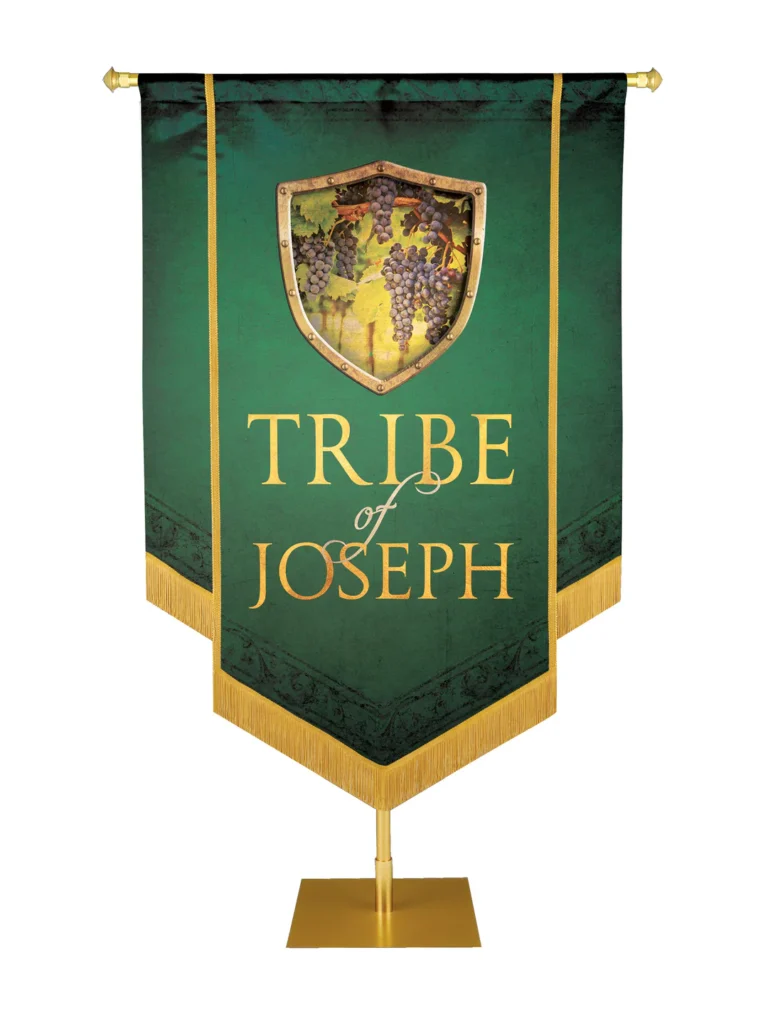
Joseph’s banner is often represented by a fruitful vine or a bunch of grapes, signifying blessings and prosperity. Joseph is known for his rise to power in Egypt and his role in providing for his family during famine. This banner embodies the themes of abundance, resilience, and the idea of overcoming adversity.
Benjamin’s Banner
Benjamin’s banner is associated with a wolf, symbolizing ferocity and strength. Benjamin was known as a fierce warrior, and this emblem represents the tribe’s courage and fighting spirit. The wolf signifies loyalty and the protective nature of the tribe, as well as its readiness to defend its own.
The Layout of the Tribes in Camp
The arrangement of the tribes in the camp of Israel was significant. Each tribe had its designated position around the Tabernacle, the sacred dwelling place of God. The tribes were divided into four groups, each led by a chief and a banner. This organization not only provided structure but also emphasized community and cooperation among the tribes.
The four groups were positioned to the north, south, east, and west of the Tabernacle, creating a cross-like formation. This layout symbolized the centrality of God in the lives of the Israelites and the importance of worship in their daily existence. The banners served as identifiers, allowing people to gather and find their families within the larger community.
Conclusion
The banners of the 12 Tribes of Israel are more than mere symbols; they carry deep meanings and reflect the characteristics of each tribe. They represent the tribes’ identities, roles, and relationships with God and each other. By understanding these banners, we gain insight into the rich tapestry of Israelite history and tradition. The symbolism behind each banner continues to inspire discussions about identity, community, and heritage.
These banners serve as a reminder of the values and characteristics that the tribes embodied and how they contributed to the collective identity of the Israelites. As we explore the significance of these symbols, we can appreciate the unique contributions of each tribe to the broader narrative of Israel’s journey.
FAQs
What are the 12 Tribes of Israel?
The 12 Tribes of Israel are the descendants of Jacob’s 12 sons. Each tribe has its own identity, role, and territory within ancient Israelite society.
What was the significance of the banners?
The banners served as identifiers for each tribe, helping to organize the community during travels and battles. They symbolized the unique characteristics and attributes of each tribe.
Where did the tribes camp during their journey?
The tribes camped around the Tabernacle in a specific layout that emphasized the centrality of worship and community among the Israelites.
How did the banners reflect the tribes’ characteristics?
Each banner was associated with symbols or animals that represented the unique traits, strengths, and roles of the respective tribes, providing insight into their identities.
What can we learn from the symbolism of the banners today?
The banners symbolize community, identity, and the importance of heritage. They remind us of the diverse qualities within a community and the value of each individual’s contribution to the collective whole.

